Rock Sida
Display all 10 images
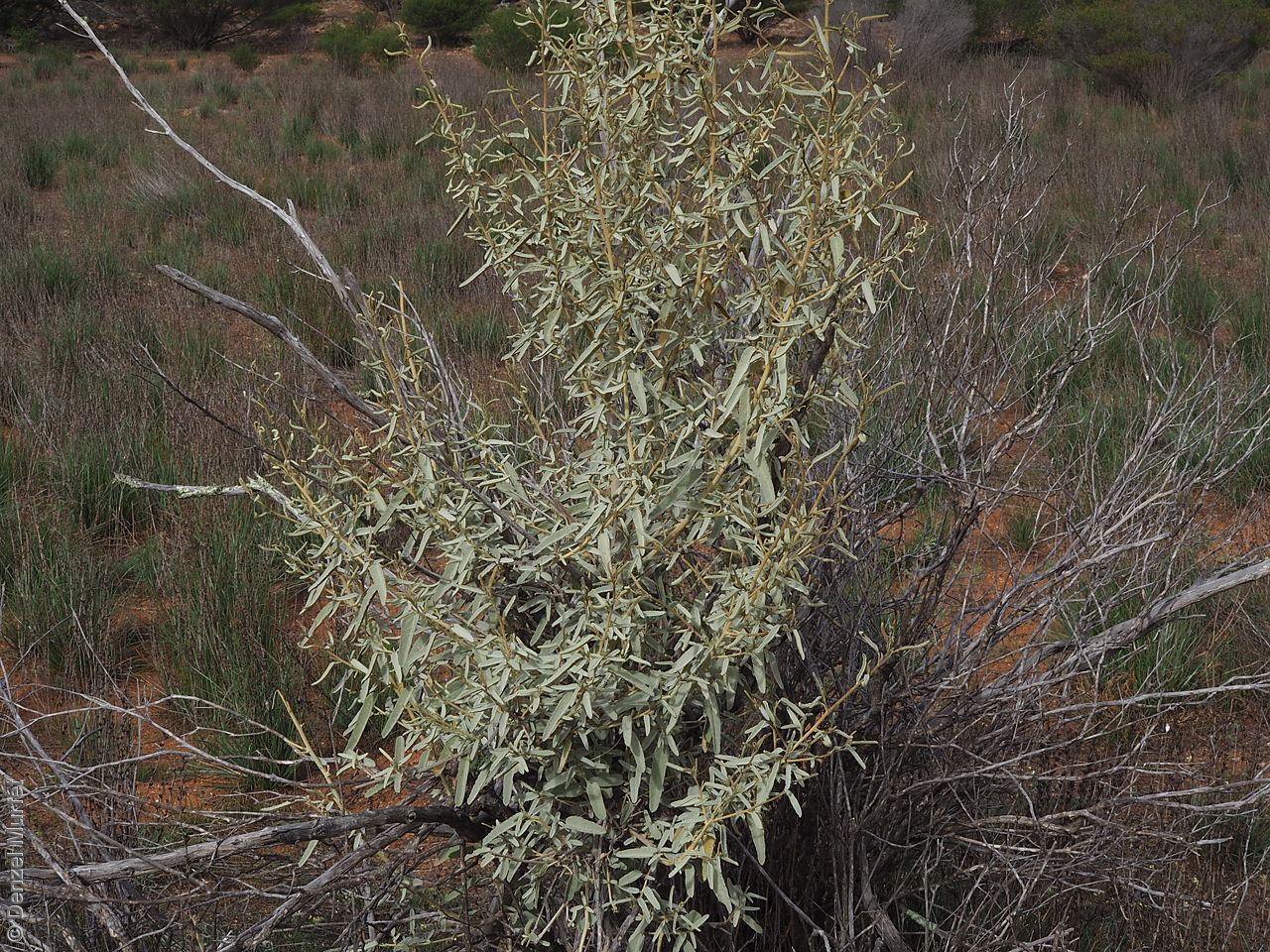
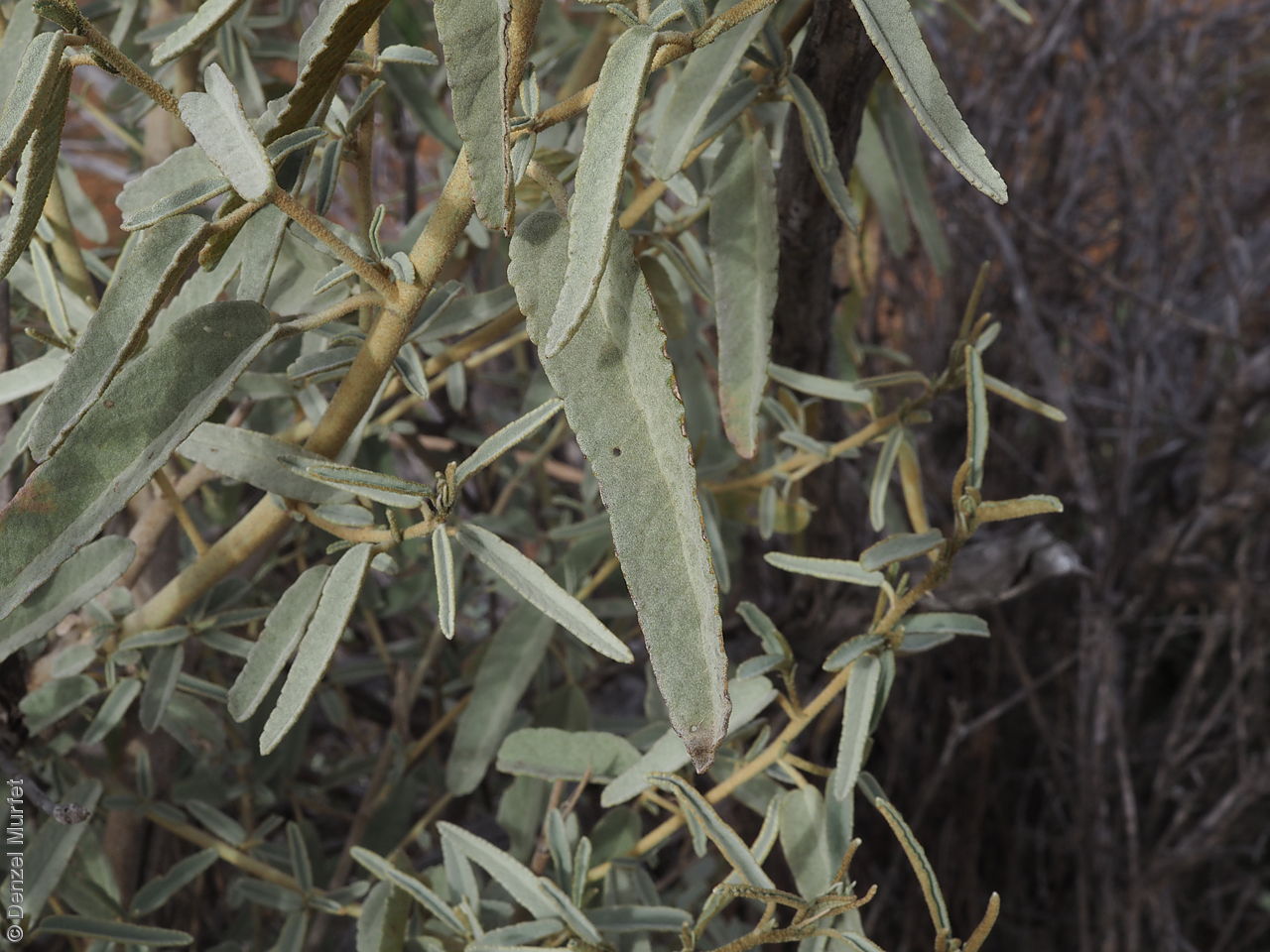

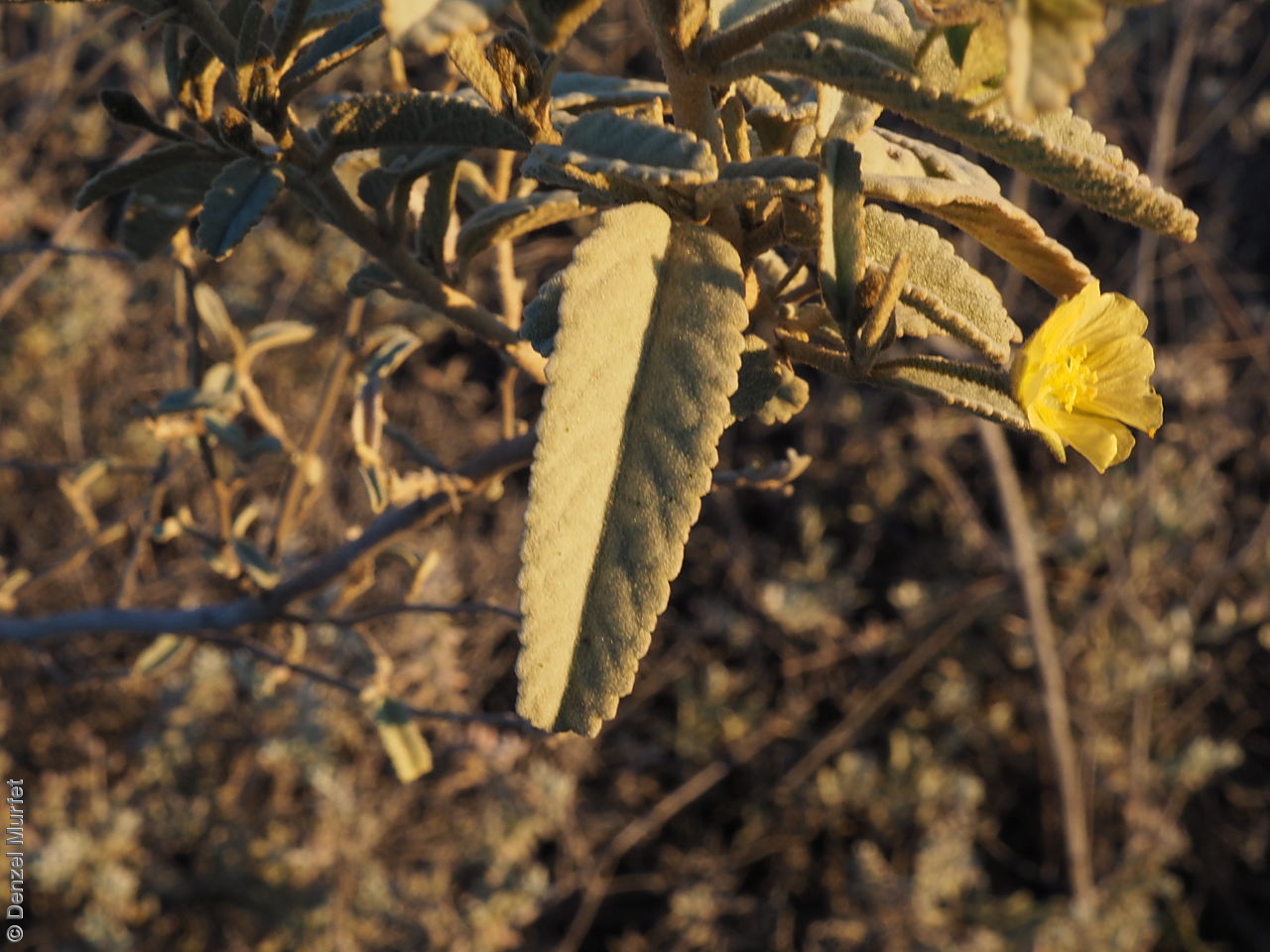
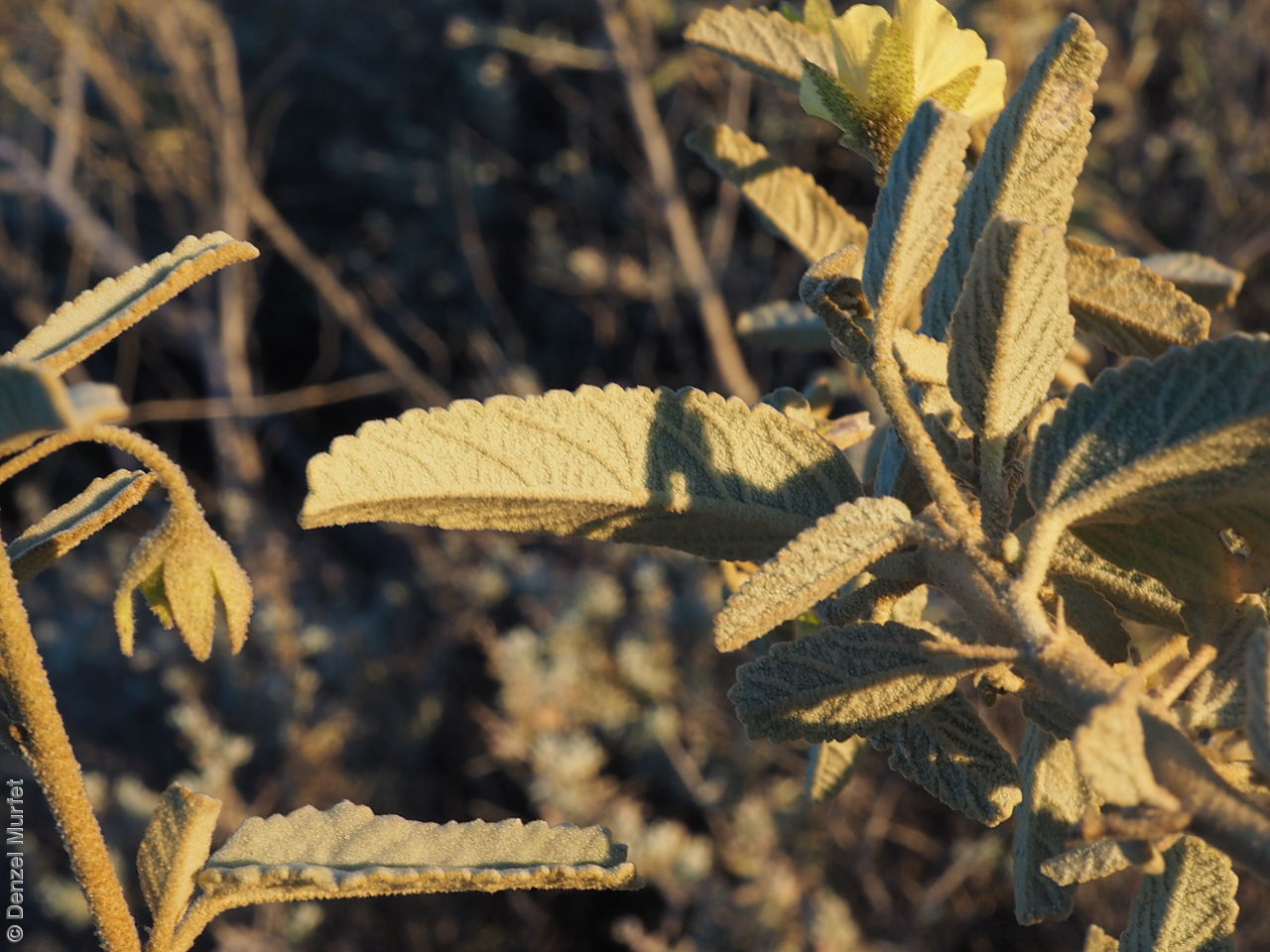
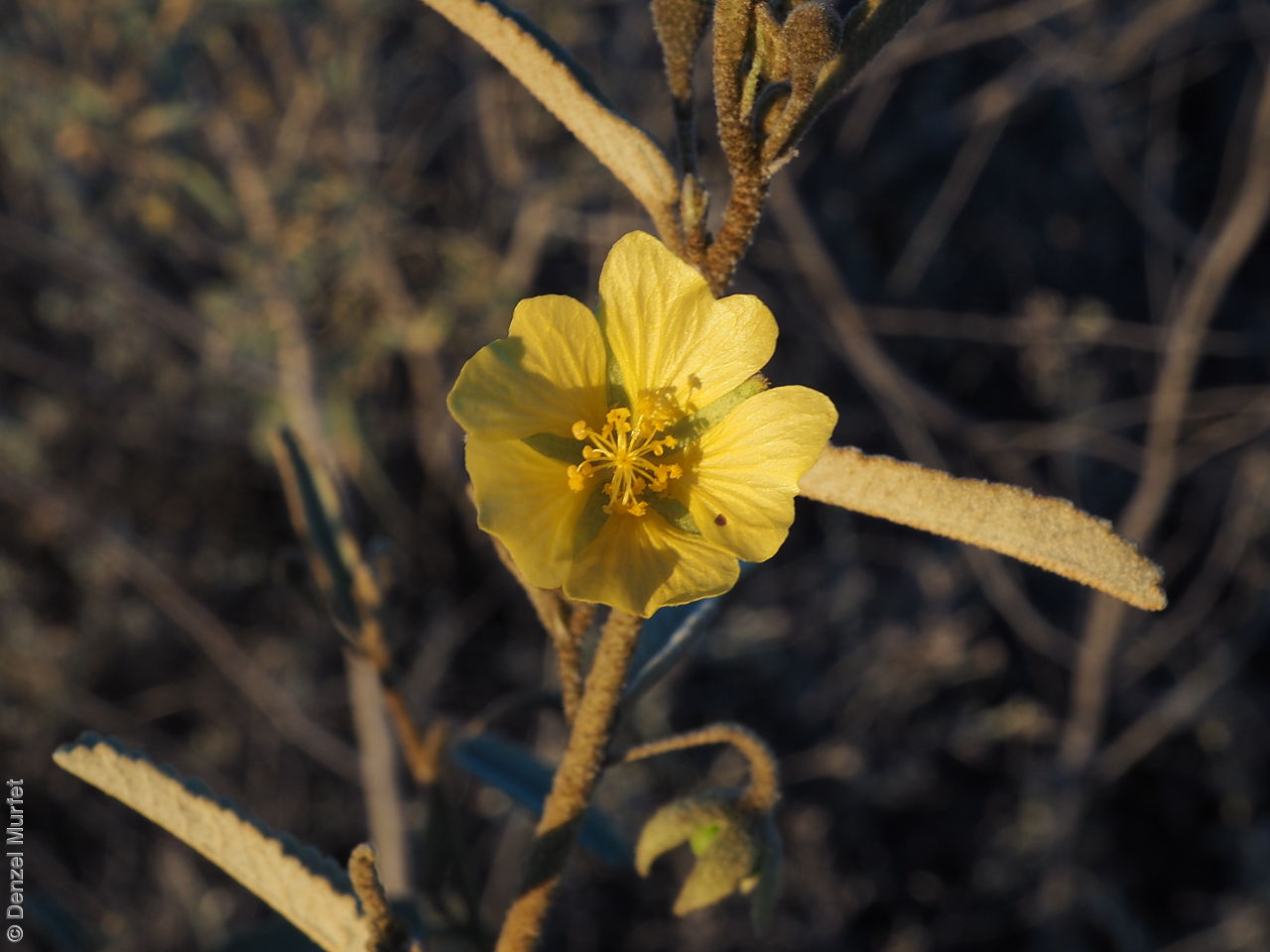
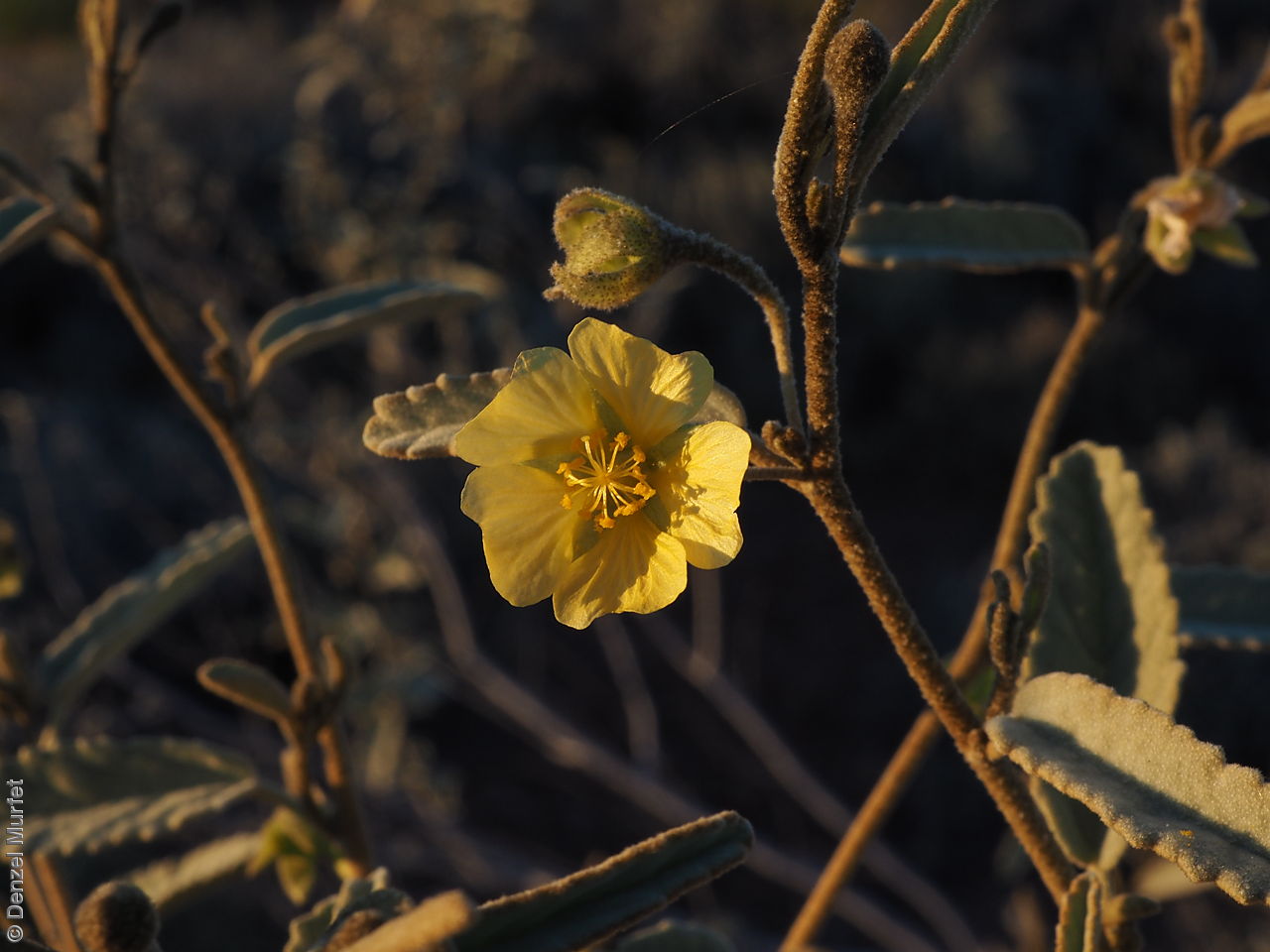
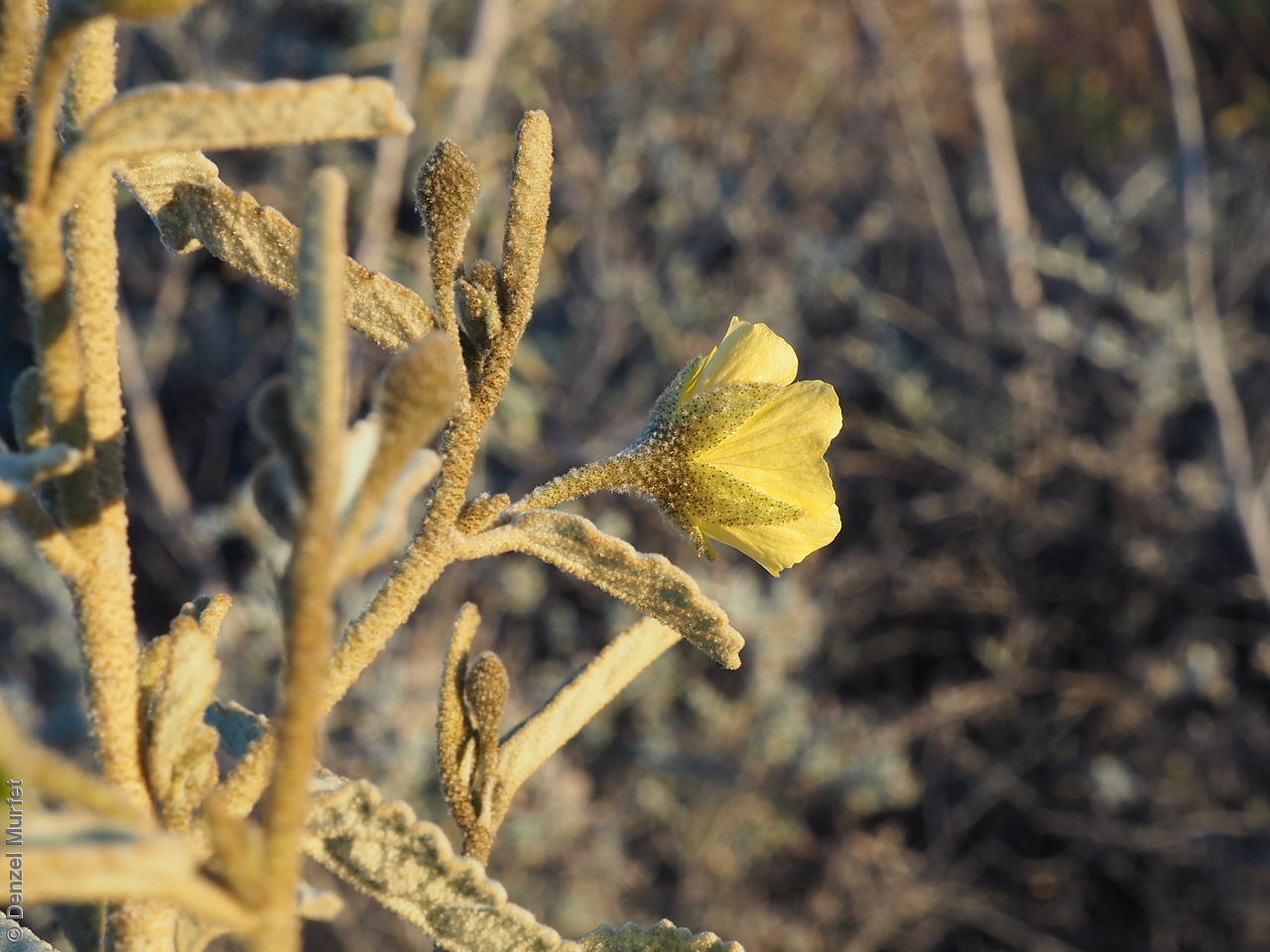
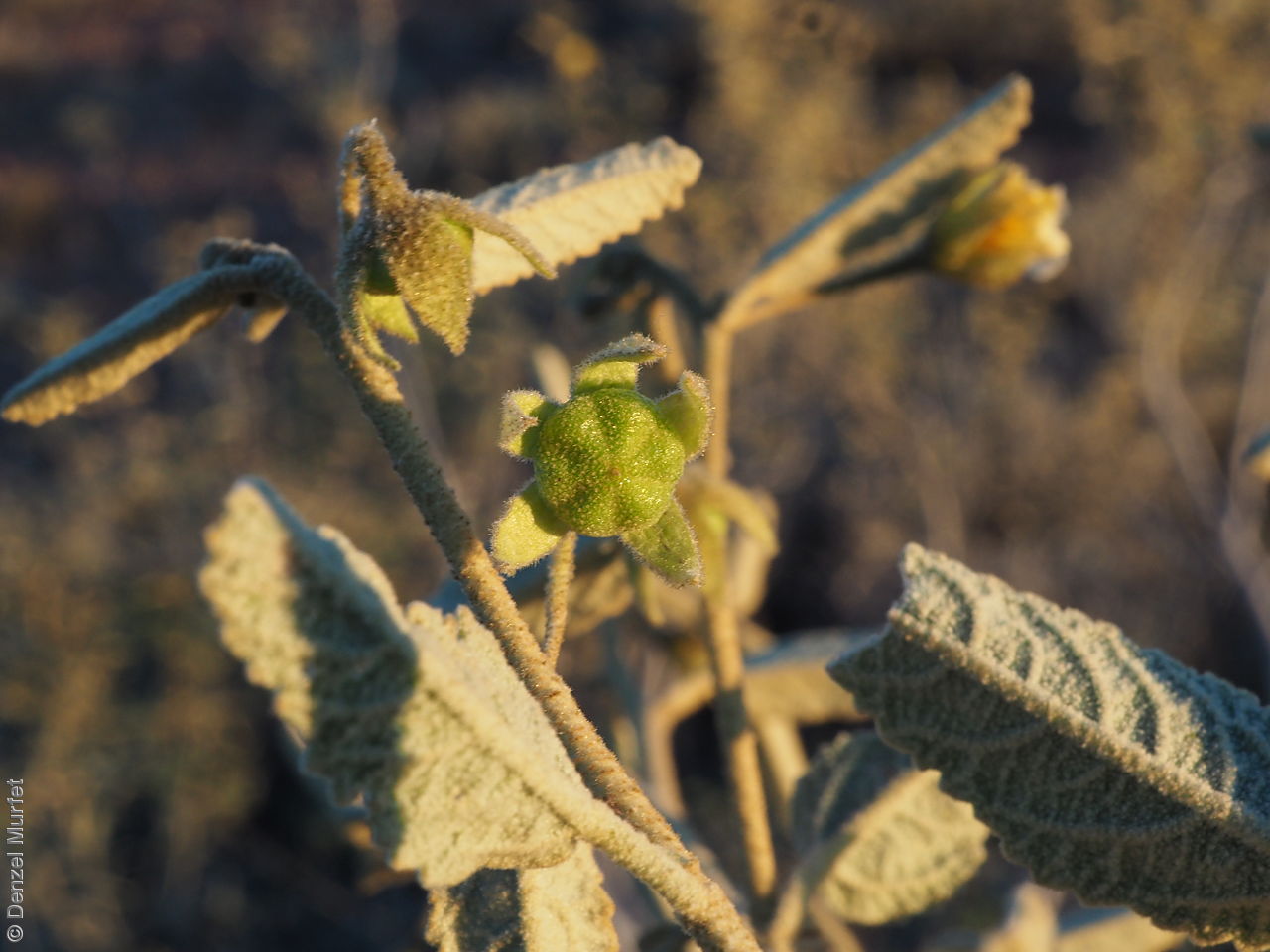
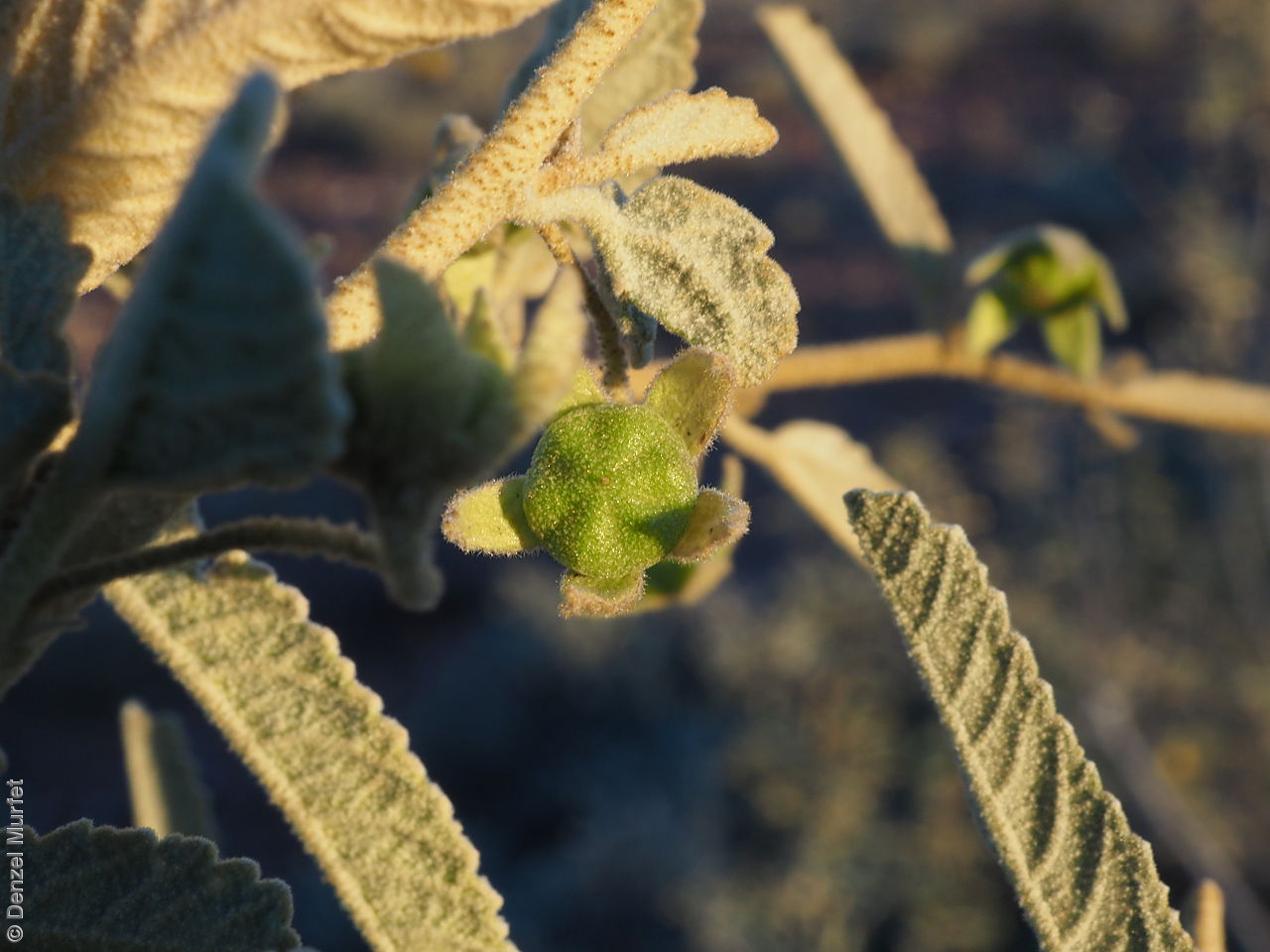
Regional Species Conservation Assessments per IBRA subregion.

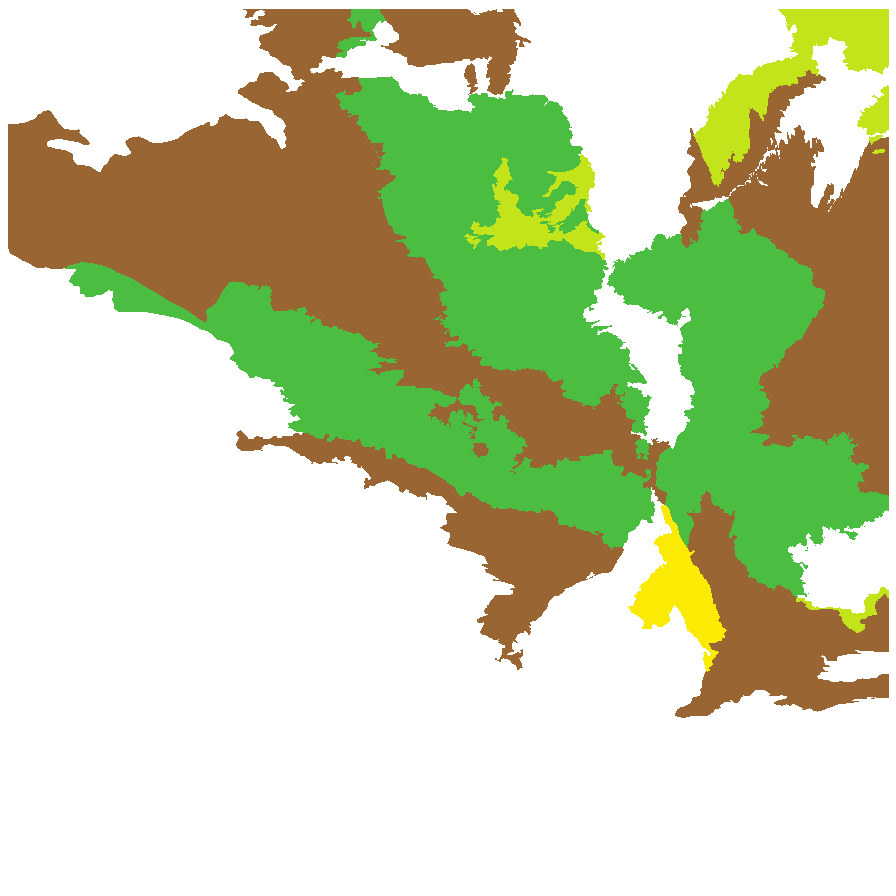
Least concern
Near threatened
Rare
Vulnerable
Endangered
Critically endangered
Extinct
Data deficient
Adelaide
Arkaroola
Ceduna
Coober Pedy
Hawker
Innamincka
Marla
Marree
Mount Gambier
Oodnadatta
Renmark
Wudinna
Keith
Yunta
Display IBRA region text
| Fleurieu (KAN02) | Kanmantoo | Rare (IUCN: RA d(ii)) [Saunders Gorge. Northern population probably only really stable.] |
| Mount Lofty Ranges (FLB01) | Flinders Lofty Block | Rare (IUCN: RA d(ii)) (Probable Decline) [Hallet Cove, Onkaparinga Gorge, Rapid Bay; restricted habitat; threatened by loss of habitat, urbanisation] |
| Broughton (FLB02) | | Rare (IUCN: RA d(i,ii)) (Probable Decline) |
| Olary Spur (FLB03) | | Least Concern |
| Southern Flinders (FLB04) | | Least Concern |
| Northern Flinders (FLB05) | | Least Concern |
| Central Flinders (FLB06) | | Least Concern |
| St Vincent (EYB02) | Eyre Yorke Block | Vulnerable (IUCN: VU B2ab(i,ii,iii)) (Definite Decline) |
| Eyre Hills (EYB03) | | Rare (IUCN: RA d(ii)) (Probable Decline) |
| Eyre Mallee (EYB05) | | Rare (IUCN: RA d(ii)) |
| Murray Mallee (MDD02) | Murray Darling Depression | Rare (IUCN: RA d(i,ii)) [edge of range] |
| Braemer (MDD07) | | Least Concern |
| Murray Scroll Belt (RIV06) | Riverina | Near Threatened [undercollected; limited habitat] |
| Myall Plains (GAW01) | Gawler | Least Concern |
| Gawler Volcanics (GAW02) | | Least Concern |
| Gawler Lakes (GAW03) | | Rare (IUCN: RA d(ii)) (Probable Decline) |
| Arcoona Plateau (GAW04) | | Least Concern |
| Kingoonya (GAW05) | | Rare (IUCN: RA d(ii)) |
| Roxby (GAW07) | | Least Concern |
| Commonwealth Hill (GAW08) | | Rare (IUCN: RA d(ii)) |
| Maralinga (GVD03) | Great Victoria Desert | Rare (IUCN: RA d(ii)) |
| Tallaringa (GVD05) | | Rare (IUCN: RA d(i,ii)) |
| Yellabinna (GVD06) | | Least Concern |
| Barrier Range (BHC01) | Broken Hill Complex | Rare (IUCN: RA d(i,ii)) |
| Barrier Range Outwash (BHC04) | | Rare (IUCN: RA d(i,ii)) |
| Bimbowrie (BHC05) | | Least Concern |
| Curnamona (BHC06) | | Rare (IUCN: RA d(i,ii)) |
| Warriner (SSD04) | Simpson Strzelecki Dunefields | Near Threatened |
| Strzelecki Desert (SSD05) | | Rare (IUCN: RA d(i,ii)) [limited habitat] |
| Breakaways (STP01) | Stony Plains | Least Concern |
| Oodnadatta (STP02) | | Least Concern |
| Murnpeowie (STP03) | | Least Concern |
| Peake-Dennison Inlier (STP04) | | Least Concern |
| Witjira (STP06) | | Rare (IUCN: RA d(ii)) |
| Baltana (STP07) | | Least Concern |
| Sturt Stony Desert (CHC02) | Channel Country | Near Threatened |
| Everard Block (CER03) | Central Ranges | Rare (IUCN: RA d(i,ii)) |
| Tieyon (FIN03) | Finke | Rare (IUCN: RA d(ii)) |
| Fleurieu (KAN02) | Kanmantoo | Rare (IUCN: RA d(ii)) [Saunders Gorge. Northern population probably only really stable.] |
| 6 of 6 subregions | Flinders Lofty Block | Least Concern , Rare |
| 3 of 5 subregions | Eyre Yorke Block | Rare , Vulnerable |
| 2 of 6 subregions | Murray Darling Depression | Least Concern , Rare |
| Murray Scroll Belt (RIV06) | Riverina | Near Threatened [undercollected; limited habitat] |
| 7 of 8 subregions | Gawler | Least Concern , Rare |
| 3 of 4 subregions | Great Victoria Desert | Least Concern , Rare |
| 4 of 4 subregions | Broken Hill Complex | Least Concern , Rare |
| 2 of 4 subregions | Simpson Strzelecki Dunefields | Near Threatened , Rare |
| 6 of 7 subregions | Stony Plains | Least Concern , Rare |
| Sturt Stony Desert (CHC02) | Channel Country | Near Threatened |
| Everard Block (CER03) | Central Ranges | Rare (IUCN: RA d(i,ii)) |
| Tieyon (FIN03) | Finke | Rare (IUCN: RA d(ii)) |
Botanical art
Kath Alcock paintings: 8
Etymology
Sida a Greek name used by Theophrastus for a water-lily, probably in reference to Nymphaea alba or for a pomegranate tree. Linnaeus transferred the name to Malvaceae suppressing its primary, pre-Linnaean application. Petrophila from the Greek 'petros' meaning rock and 'philos' meaning love, referring to its rocky habitats.
Distribution and status
Found on the eastern half of South Australia, growing in hilly rocky places on shallow sandy and stony calcareous soils. Also found in Western Australia, Queensland and New South Wales. Native. Common in South Australia. Uncommon in Western Australia. Common in the other States.
Herbarium regions: Lake Eyre, Gairdner-Torrens, Flinders Ranges, Eastern, Eyre Peninsula, Northern Lofty, Murray, Yorke Peninsula, Southern Lofty, Green Adelaide
NRM regions: Eyre Peninsula, Northern and Yorke, South Australian Arid Lands, South Australian Murray-Darling Basin
AVH map: SA distribution map (external link)
Plant description
Erect perennial shrub to 1 m high, usually with one main stems and many smaller branches covered in hairs. Leaves alternate; oblong to lanceolate, to 40 mm long and 10 mm wide; felty, grey-green with a yellow-tinged, dense yellowish below, toothed margin. Inflorescence solitary in leaf axils, with yellow flowers on slender stalk. Flowers throughout the year. Fruits are hairy fruit to 7 mm long, with 6-7 segments. Seed embryo type is folded.
Seed collection and propagation
Collect seeds between January and December. Collect mature fruits, those that are turning pale straw coloured and contain dark hard seeds. Place the capsules in a tray and leave to dry for two weeks. Then rub the capsules gently with a rubber bung or by hand to dislodge the seeds. Use a sieve to separate the unwanted material. Store the seeds with a desiccant such as dried silica beads or dry rice, in an air tight container in a cool and dry place. This species has physical dormancy that needs to be overcome for the seed to germinate (e.g. nicking or softening the seed coat).











